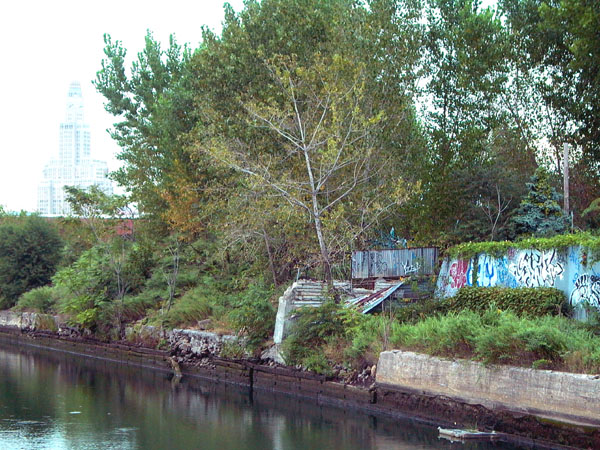Abstract
Depending on a broad swath of factors internal to the organization and external/situational factors, civil society groups select strategies rooted in conflict, collaboration, or independent action. These organizations select from “insider” strategies that cooperate with government and private firms; “outsider” strategies that depend upon advocacy and pressure tactics; and “low profile” strategies like stewardship, education, and environmental monitoring that engage with the resource, regardless of the political and policy context. Using a case study from New York City —the Gowanus Canal— this project explores the strategies and tactics used and outcomes achieved by civil society (nonprofit) organizations that are involved in the restoration, re-visioning, and reuse of industrial waterways. Though the redevelopment of the Gowanus has been in the public consciousness to some extent for 35 years, a single, coherent coalition of citizens interested in revitalization has not emerged. A number of different civil society organizations including the Gowanus Dredgers and the Gowanus Canal CDC as well as private development interests have differing visions of what the future of the Canal should be. The direct action approach of the Dredgers, which is a water recreation and stewardship group, is serving the role of the “early responder” to a waterway planning challenge by using the resource as it is today and changing public opinion about the resource without requiring a great deal of financial support or organizational bureaucracy. Both the explicit organizational philosophy and the current level of capacity of the group prevent it from becoming the leader of a coalition and advocating for broader change in land use. Their intent is to affect the hearts and minds of individual people be exposing them in a meaningful way to the resource; in effect, building a constituency for the canal. Whether the Dredgers' view of the canal will be incorporated into its future reuse, and whether stewardship can play a lasting role in planning are open questions. |
||
|
||
